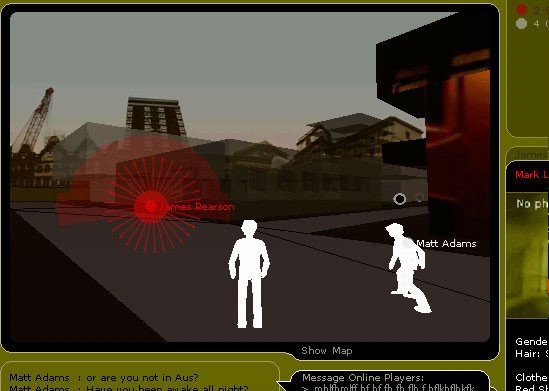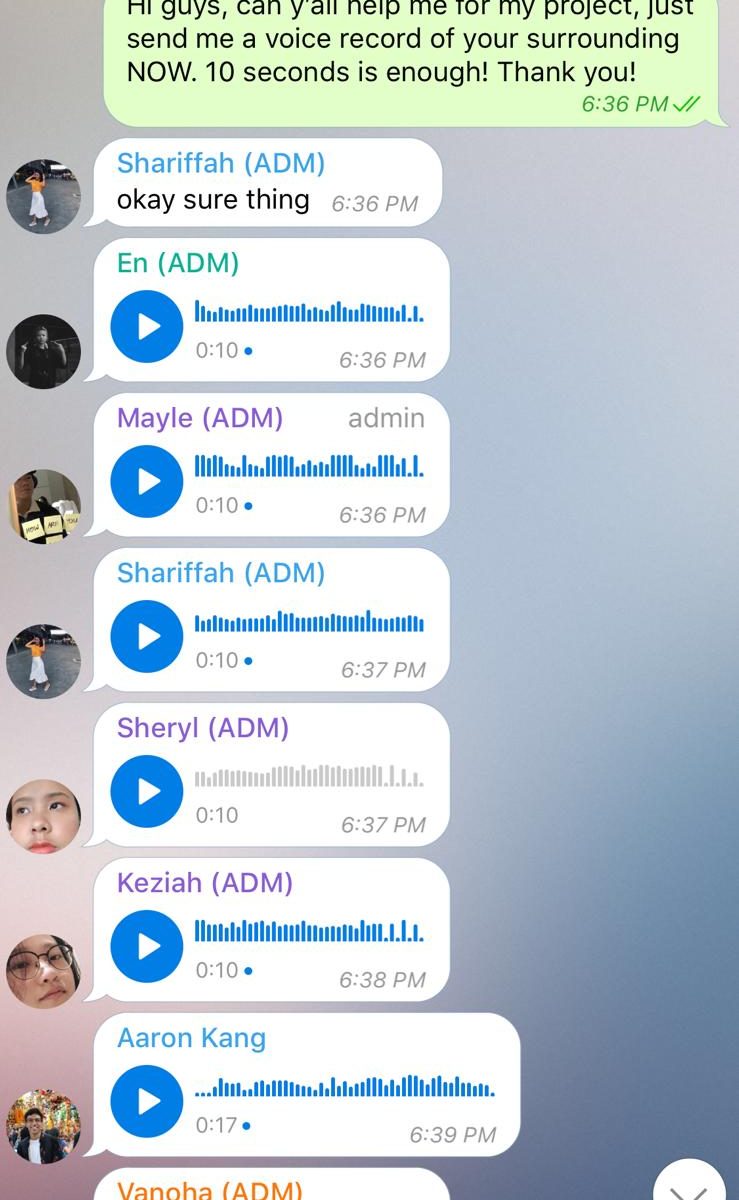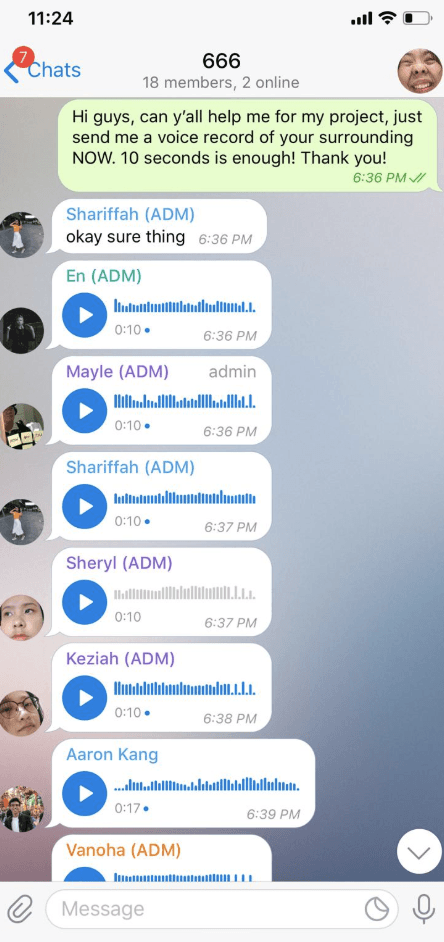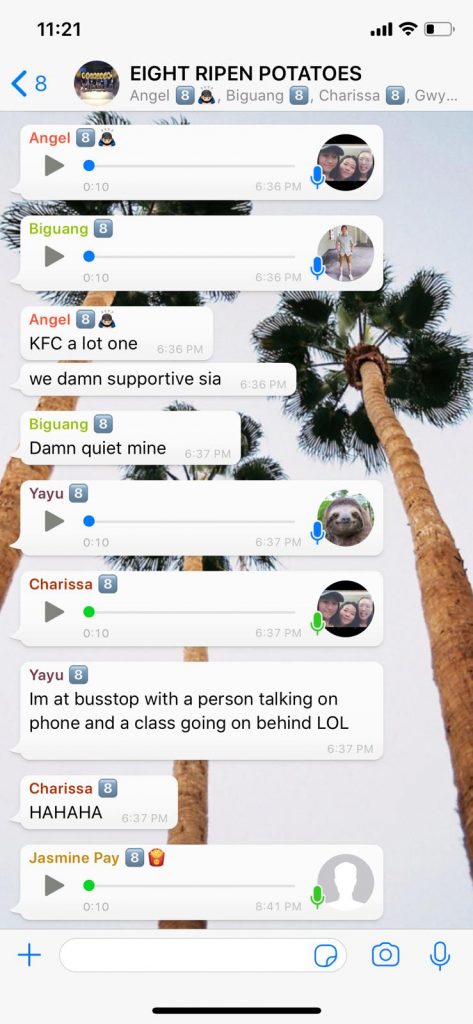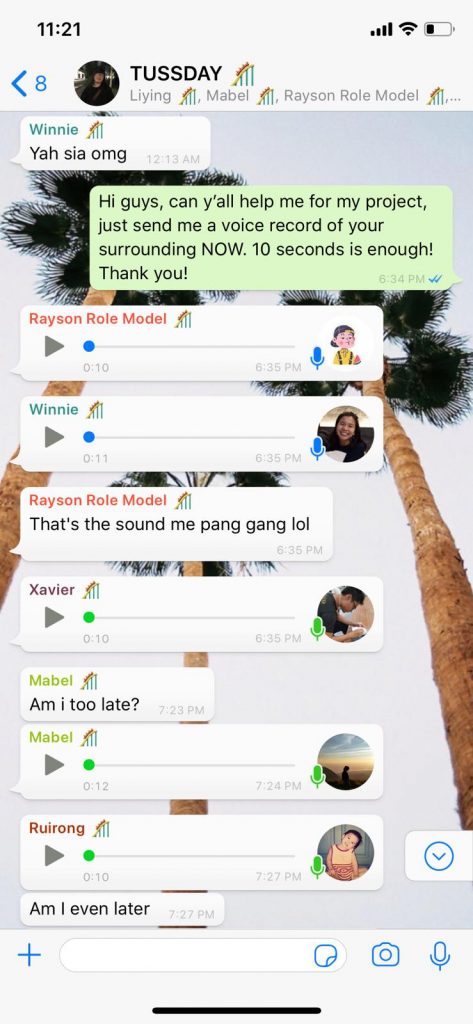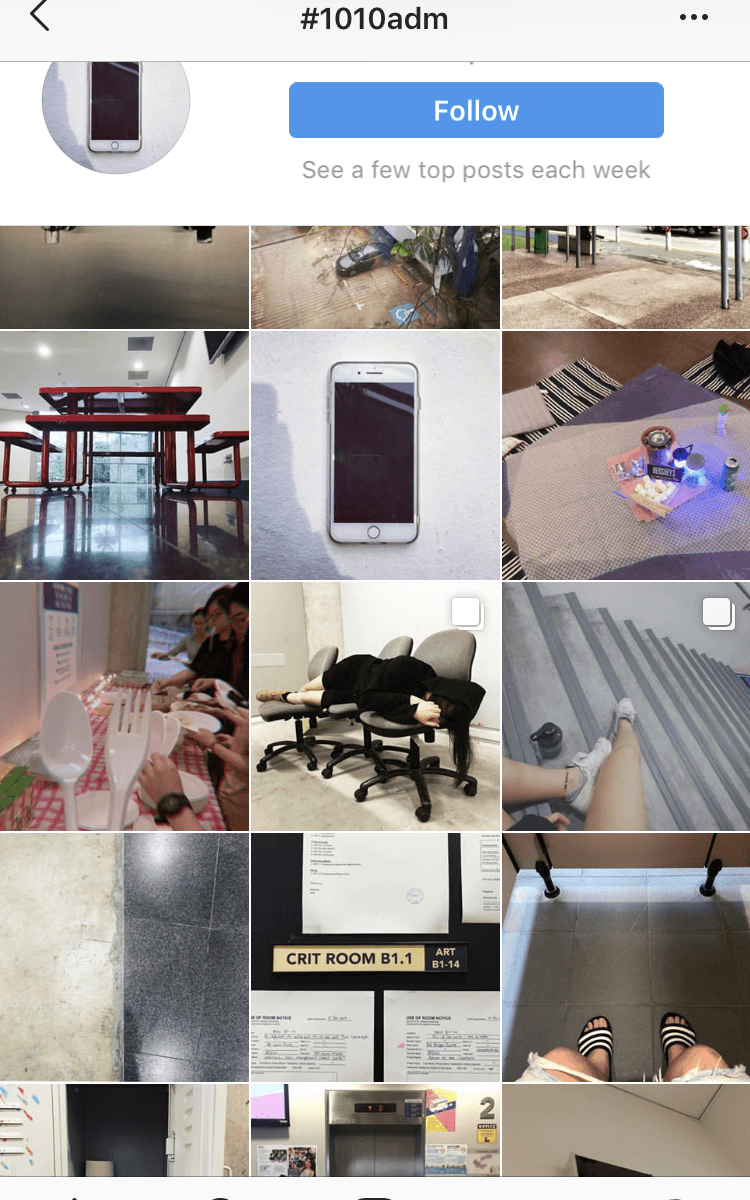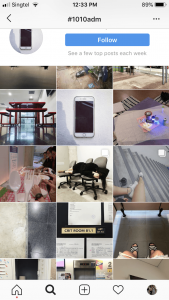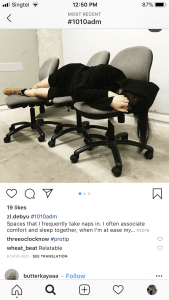Uncomfortable Interactions are interactions that cause physical or mental distress to those involved. Pain is often associated with agony and according to Freud, humans tend to make decisions with “avoidance of ‘pain’ or production of pleasure”[1] This suggests that suffering is unfavourable and so uncomfortable interactions are to be frowned upon. However, uncomfortable interactions, when “usefully designed into cultural experiences”[2]can be greatly beneficial.
‘Uncle Roy All Around You’ is a gaming experience involving both online and street players. Street players are equipped with handheld communication devices and online players guide street players via audio or text to find Uncle Roy. At the end of the game, they are asked if they are willing to agree to help a stranger in any personal trouble during whenever for the next one year.
In ‘Uncle Roy All Around You,’ two ways of engineering discomfort are as Benford, Greenhalgh, Giannachi, Walker, Marshall, and Rodden suggested: ‘establish(ing) intimacy with strangers’[4] and ‘surrender(ing) control to other people’[5].
A survey reports the likelihood of a person choosing to not talk to a stranger being much higher than one choosing to avoid talking to a friend[6]. This suggests that interactions involving engagements with strangers will result in discomfort. This discomfort, as concluded by Schroeder and Epley, stems from misguided assumptions of strangers not wanting to connect back and solitude providing a better experience when experimental results prove otherwise[7]. This game then encourages one to reconsider our natural avoidance of engaging with strangers (Is it justifiable?) and to confront with misconceptions on communication with stramgers. This uncomfortable interaction then is ‘a way of promoting certain other benefits, values or worth’[8].
Another way that the game introduces discomfort is depriving the player of control. The game has been termed ‘theatrical’[9] and theatre causes discomfort when it involves ‘surrendering control to the performers’[10]. In the game, players are under the control of a primary performer, Uncle Roy who decides their next move. Online players have control over the street players they guide. This evokes a sense of vulnerability for street players and uneasiness for online players who take charge of the street players’ fate[11]. This discomfort in being controlled, especially through online tracking easily links to the idea of surveillance. Furthermore, ‘All Around You’ suggests an omnipotence paralleling ‘Big Brother’[12]. The game being transmedia and the presence of computers also sets up a parallel for surveillance today where technology provides authorities access to personal information[13]. Hence, this encourages the reflection of a theme pertinent to modern society and is beneficial to deciding the direction that our society moves towards (e.g. Will more or less surveillance benefit?).
In relation to ‘Uncle Roy All Around You’, uncomfortable interactions can create bonds between people (dispel mistrust between strangers) and open up conversations about topics that may otherwise not be so fervently discussed. Hence, when thoughtfully designed and using a medium most suitable and can best attain the intended goals of the designers, uncomfortable interactions can be powerfully beneficial.
[1] Sigmung Freud and C.J.M. Hubback, Beyond the Pleasure Principle (London: International Psycho-analytical Press, 1922), 1.
[2] Steve Benford et al., “Uncomfortable Interactions,” Proceedings of the 2012 ACM Annual Conference on Human Factors in Computing Systems – CHI 12, 2012, 1, doi:10.1145/2207676.2208347
[3] Blast Theory. “Uncle Roy All Around You”. Vimeo. Video File. October 21, 2009. https://vimeo.com/7182676
[4] Steve Benford et al., “Uncomfortable Interactions,” Proceedings of the 2012 ACM Annual Conference on Human Factors in Computing Systems – CHI 12, 2012, 1, doi:10.1145/2207676.2208347
[5] Steve Benford et al., “Uncomfortable Interactions,” Proceedings of the 2012 ACM Annual Conference on Human Factors in Computing Systems – CHI 12, 2012, 1, doi:10.1145/2207676.2208347
[6] Nicolas Epley and Juliana Schroeder, “Mistakenly Seeking Solitude.” PsycEXTRA Dataset, 2014, 2, 14-16, doi: 10.1037/e578192014-009
[7] Nicolas Epley and Juliana Schroeder, “Mistakenly Seeking Solitude.” PsycEXTRA Dataset, 2014, 2, 14-16, doi: 10.1037/e578192014-009
[8] Steve Benford et al., “Uncomfortable Interactions,” Proceedings of the 2012 ACM Annual Conference on Human Factors in Computing Systems – CHI 12, 2012, 1, doi:10.1145/2207676.2208347
[9] Helen Freshwater and Lois Weaver, Theatre & Audience (Basingstoke: Palgrave Macmillan, 2009).
[10] Steve Benford et al., “Uncomfortable Interactions,” Proceedings of the 2012 ACM Annual Conference on Human Factors in Computing Systems – CHI 12, 2012, 1, doi:10.1145/2207676.2208347
[11] Steve Benford et al., “Uncomfortable Interactions,” Proceedings of the 2012 ACM Annual Conference on Human Factors in Computing Systems – CHI 12, 2012, 1, doi:10.1145/2207676.2208347
[12] George Orwell, Nineteen eighty-four (London: Secker and Warburg, 1949).
[13] Joseph Cannataci et al, Privacy, Free Expression and Transparency: Redefining Their New Boundaries in the Digital Age (France: United Nations Educational, Scientific and Cultural Organization, 2016), 19
Bilblography:
Benford, Steve, Chris Greenhalgh, Gabriella Giannachi, Brendan Walker, Joe Marshall, and Tom Rodden. “Uncomfortable Interactions.” Proceedings of the 2012 ACM Annual Conference on Human Factors in Computing Systems – CHI 12, 2012. doi:10.1145/2207676.2208347.
Blast Theory. “Uncle Roy All Around You”. Vimeo. Video File. October 21, 2009. https://vimeo.com/7182676
Cannataci, Joseph, Bo Zhao, Gemma Vives, Shara Monteleone, Bonnici Mifsud, Pia Jeanne and Evgeni Moyakine, Privacy, Free Expression and Transparency: Redefining Their New Boundaries in the Digital Age (France: United Nations Educational, Scientific and Cultural Organization, 2016).Epley, Nicholas, and Juliana Schroeder. “Mistakenly Seeking Solitude.” PsycEXTRA Dataset, 2014. doi:10.1037/e578192014-009.
Freud, Sigmund, and C. J. M. Hubback. Beyond the Pleasure Principle. London: International Psycho-analytical Press, 1922.
Freshwater, Helen, and Lois Weaver. Theatre & Audience. Basingstoke: Palgrave Macmillan, 2009.
Orwell, George. Nineteen eighty-four, London: Secker and Warburg, 1949.
Slides:

